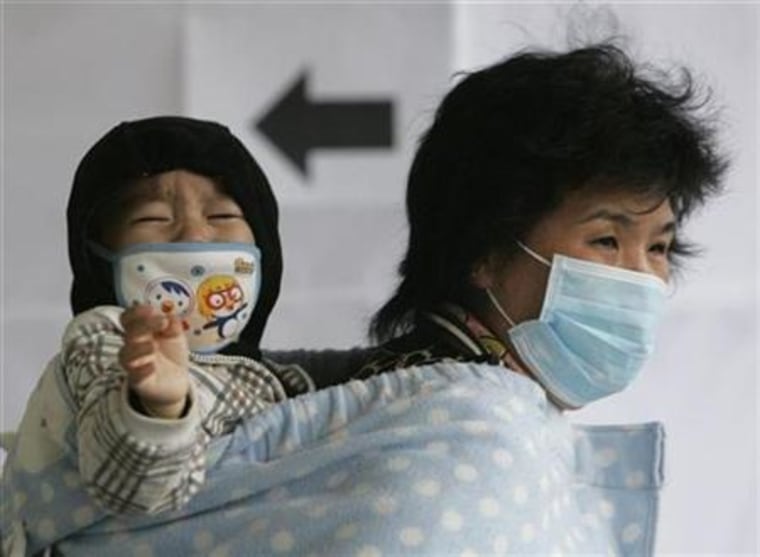The winter flu season that began early in the northern hemisphere this year may be peaking in parts of north America and western Europe, the World Health Organization said on Friday.
In an update on the H1N1 swine flu virus, the WHO said parts of the southern and southeastern United States, as well as Iceland and Ireland, seemed to have weakening levels of disease.
But the U.N. agency, which declared a global flu pandemic in June, said that big sections of the United States were still experiencing "widespread and intense" flu infections. It described waves of outbreaks across Canada and in Mexico, where the first severe cases were identified earlier this year.
"In Europe and central Asia, overall influenza transmission continues to intensify," the WHO said, adding that almost all the influenza viruses analyzed in Europe in recent weeks have been the H1N1 strain and not seasonal flu.
While saying "high to very high intensity of respiratory diseases" have been reported in some parts of Europe including Belarus, Bulgaria and Russia, it said experts were now less concerned about a big outbreak in Ukraine.
"The initial analysis of information from Ukraine indicates that the numbers of severe cases do not appear to be excessive when compared to the experience of other countries and do not represent any change in the transmission or virulence of the virus," it said in a statement posted on the WHO website.
Israel has suffered sharp increases in flu infections and Mongolia has seen a severe impact on its health care system from people falling ill, the WHO said. China and Japan have also experienced continued increases but in much of south and southeast Asia the transmission rates are leveling off.
The H1N1 virus has now spread to 206 countries, with the latest reported laboratory-confirmed cases in Somalia, Nigeria and Burundi. There have been more than 6,250 deaths to date, mostly in the Americas region, according to the WHO toll.
"In the temperate region of the southern hemisphere, little pandemic influenza activity has been reported in recent weeks," the WHO said, while noting that Buenos Aires has had a cluster of pandemic flu cases.
Ukraine and Belarus have recently extended school breaks due to fears about the pandemic virus while Afghanistan declared a health emergency and ordered its schools shut for three weeks to battle it.
WHO spokesman Gregory Hartl said that school closures were among steps that could slow viral spread at the beginning of an outbreak, but had less usefulness once the flu had reached 5 percent of a given population.
"After the virus becomes more widespread in a country, closing schools has less of an impact," he told a news briefing earlier this week. "If you take a decision to close schools and universities and other institutions you have to be aware there are social and economic consequences of this decision."
